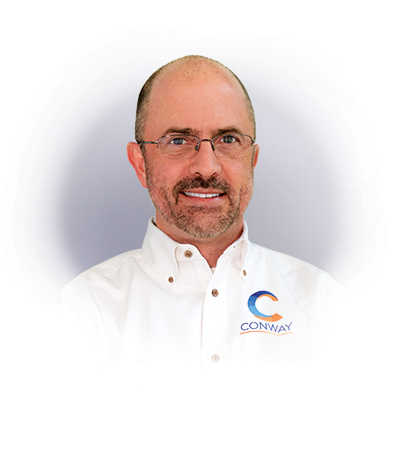Just how bad is the workforce shortage in the U.S.? We report on huge new projects and expansions in every issue, and this issue includes our annual survey of Top Deals, most of which will generate hundreds or thousands of new jobs. Are there skilled workers to fill them all?
Consider these recent numbers from Southern New England: Connecticut is expecting nearly 1,900 new jobs at General Dynamics Electric Boat, which makes Virginia-class submarines for the U.S. Navy. It will soon begin building Columbia-class nuclear powered ballistic missile submarines, which will replace the Ohio-class subs, requiring the training and hiring of a whopping 18,000 new employees over the next decade. Up the road and across the border in Rhode Island, Governor Gina Raimondo just announced new infrastructure investments that will allow Electric Boat to accelerate the hiring of 1,300 new employees. It will expand its facility at the Quonset Business Park, a project which itself will support more than 600 good-paying construction jobs. The expansion represents the second-largest Project Labor Agreement in state history.
“Because of our new job training programs, the work we’ve done over the last three and half years to make it easier to do business in Rhode Island and because we’re finally willing to invest in infrastructure, Electric Boat is hiring thousands of Rhode Islanders for good, stable manufacturing jobs,” Governor Raimondo proudly proclaimed.
That’s but one company in one fairly small geographic area. But it’s representative of a broader trend. Amazon seems pretty confident it will find a metro that can supply 50,000 tech workers in the years to come. If true, does that demonstrate that workforce worries aren’t about quantity, but quality? Southern New England apparently has a good supply of quality workers. Many areas do, or they wouldn’t be announcing projects on the scale they are these days. Right?
It’s time to better define what the workforce challenges really are in 2018. What, really, is the “skills gap” we hear so much about? Is there still one? Is it improving, or following the dire forecasts of recent years? How are you gauging an areas’ ability to meet your labor requirements now and in the future? Are “credentialing” programs helpful to your recruiters?
It’s almost time for our reader survey exercise, and we’ll be looking to you for your insights on issues like these. You, your industry peers and the locations in which you have operations will all benefit from what we learn.
Meanwhile, are any of your operations in a Best to Invest location? This issue salutes the winning locations across the globe, and the top areas in the U.S., most successful at attracting capital investment in the past year. The Top Investment Promotion Agencies from every region of the world are showcased in this issue, too. They’re very good at what they do. Your organizations are, too, or most of them wouldn’t be planning expansions — that’s what our last survey revealed. So remember to weigh in when the survey invitation arrives. We need your wisdom.
Till next time,
Mark Arend, Editor in Chief

